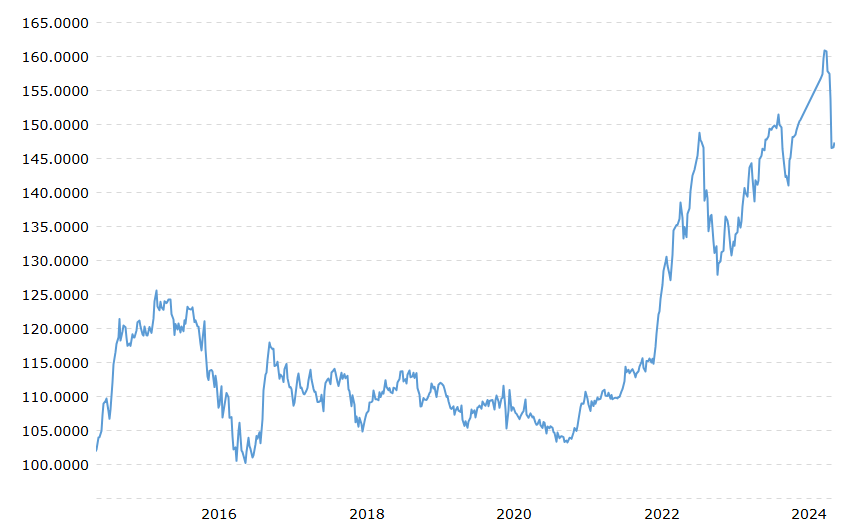Edit Content
Trending






For the first time, DNA evidence has confirmed killer whales in Australia hunted a white shark for its liver.
Based on DNA analysis from the bite wounds on the carcass of a large white shark washed ashore near Portland in Victoria in 2023, the Flinders University-led study identified that killer whales were responsible for consuming the mid-section containing the nutritionally rich liver.
The findings are published in the journal Ecology and Evolution.
Around the world, killer whales (Orcinus orca) have been observed preying on various shark species, including white sharks (Carcharodon carcharias)—as previously documented in California and South Africa.
The discovery of a 4.7 meter white shark missing its liver on a beach in southeastern Australia offered a rare opportunity to analyze distinctive bite wounds and unravel the predator’s identity.
“The liver, digestive and reproductive organs were missing, and there were four distinctive bite wounds, one of which was characteristic of liver extraction by killer whale, similar to what has been observed in South Africa,” says lead author Isabella Reeves, a Ph.D. candidate with Flinders University’s Southern Shark Ecology Group and the West Australian Cetacean Research Center (CETREC).
“Swabs were taken from bite wounds on the white shark and sequenced for remnant genetic material from the shark’s predator. We were able to confirm the presence of killer whale DNA in the primary bite area, while the other three wounds revealed DNA from scavenging broadnose sevengill sharks.
“These findings provide compelling evidence of killer whale predation on white sharks in Australian waters, with a strong indication of selective liver consumption. This suggests that such predation events may be more widespread and prevalent across the globe than previously believed.”
The study used wildlife forensic techniques to confirm killer whales were responsible for excising and consuming the liver from the white shark. Civilian bystanders had witnessed several killer whales, including locally known individuals called “Bent Tip” and “Ripple,” catching a large prey in Bridgewater Bay two days before the white shark carcass washed ashore.
The beached large white shark carcass was collected by state government fisheries officers for investigation.
Killer whales in Australia have occasionally been recorded preying on various shark species, including the blue shark (Prionace glauca), porbeagle (Lamna nasus), shortfin mako (Isurus oxyrinchus), ground sharks (most likely school shark, Galeorhinus galeus), and tiger shark (Galeocerdo cuvier). But white shark liver consumption had yet to be observed in Australia—despite numerous reports of such behavior in California and by notorious duo “Port” and “Starboard” in South Africa.
Several interactions between killer whales and white sharks have been reported in Australia, including at least one suspected kill at the Neptune Islands Group Marine Park in South Australia in February 2015.
On that occasion, an oil slick indicative of a successful predation was observed following the interaction, although no carcass was recovered to confirm the kill.
Discover the latest in science, tech, and space with over 100,000 subscribers who rely on Phys.org for daily insights.
Sign up for our free newsletter and get updates on breakthroughs,
innovations, and research that matter—daily or weekly.
Rhodes University (South Africa) marine biologist, Dr. Alison Towner, an author of the study, says similar killer whale predation on white sharks have led to disruptions in local shark populations in both South Africa and California. “However, direct observations of these interactions remain rare and their frequency is poorly understood,” she says.
Senior author, Flinders adjunct Associate Professor Adam Miller, says, “We don’t know how frequently these events occurred in Australian waters and therefore how significant these findings are,” says Associate Professor Miller, who is also a senior ecologist with Cesar Australia.
“Evidence suggests that the white sharks being displaced or directly killed as a result of the killer whale predation in South Africa has led to cascading shifts in the wider marine ecosystem.
“We know that white sharks are key regulators of ecosystem structure and functions, so it’s very important we preserve these top predators. Therefore, it is important that we keep a tab on these types of interactions in Australian waters where possible.”
Another author, Flinders University Research Fellow Dr. Lauren Meyer, adds, “This study also provides DNA evidence that scavenging is facilitated by killer whales’ tissue selection, whereby the liver and internal organs are consumed, but much of the carcass remains as a nutrient source benefiting local ecosystems.”
More information:
Isabella M. M. Reeves et al, Genetic Evidence of Killer Whale Predation on White Sharks in Australia, Ecology and Evolution (2025). DOI: 10.1002/ece3.70786
Provided by
Flinders University
Citation:
Genomic evidence confirms white shark liver is on Australian killer whales’ menu (2025, January 31)
retrieved 1 February 2025
from https://phys.org/news/2025-01-genomic-evidence-white-shark-liver.html
This document is subject to copyright. Apart from any fair dealing for the purpose of private study or research, no
part may be reproduced without the written permission. The content is provided for information purposes only.
©2024. Livebuzznews. All Rights Reserved.